Rising Demand for Eco-Friendly Packaging
The increasing emphasis on sustainable practices has led to a notable rise in demand for eco-friendly packaging solutions. Polyvinyl Alcohol Films Market is witnessing a shift as manufacturers seek biodegradable alternatives to traditional plastics. This trend is driven by consumer preferences for environmentally responsible products, which has prompted companies to innovate and adopt PVOH films in their packaging lines. The market for biodegradable films is projected to grow significantly, with estimates suggesting a compound annual growth rate of over 10% in the coming years. As regulations tighten around plastic usage, the Polyvinyl Alcohol Films Market is likely to benefit from this transition towards sustainable materials, positioning itself as a key player in the eco-friendly packaging sector.
Increased Consumer Awareness and Preference
Consumer awareness regarding environmental issues is shaping the dynamics of the Polyvinyl Alcohol Films Market. As individuals become more informed about the impact of plastic waste, there is a growing preference for products that utilize sustainable materials. This shift in consumer behavior is prompting manufacturers to prioritize the development of PVOH films, which are perceived as a more responsible choice. Market Research Future indicates that consumers are willing to pay a premium for eco-friendly products, which could lead to increased sales for companies that adopt PVOH films in their offerings. The Polyvinyl Alcohol Films Market is thus positioned to capitalize on this trend, potentially leading to a significant increase in market share.
Advancements in Film Production Technologies
Technological innovations in the production of Polyvinyl Alcohol Films Market are enhancing the efficiency and quality of these materials. Recent developments in manufacturing processes, such as improved casting and extrusion techniques, are enabling the production of thinner, stronger, and more versatile films. These advancements are crucial for various applications, including food packaging, agricultural films, and medical supplies. The Polyvinyl Alcohol Films Market is expected to see a surge in demand as these technologies reduce production costs and improve film performance. Furthermore, the integration of smart technologies, such as sensors and indicators within PVOH films, could open new avenues for applications, thereby expanding the market's potential.
Expanding Applications in Diverse Industries
The versatility of Polyvinyl Alcohol Films Market is driving their adoption across a multitude of industries. From packaging to textiles and pharmaceuticals, the Polyvinyl Alcohol Films Market is experiencing a broadening of application scopes. In the packaging sector, PVOH films are increasingly utilized for moisture-sensitive products, while in textiles, they serve as a crucial component in non-woven fabrics. The pharmaceutical industry also leverages PVOH films for drug delivery systems due to their biocompatibility. As industries continue to explore innovative uses for these films, the market is projected to expand, with estimates indicating a potential increase in market size by over 15% in the next five years.
Regulatory Support for Biodegradable Materials
Government regulations promoting the use of biodegradable materials are significantly influencing the Polyvinyl Alcohol Films Market. Many countries are implementing policies aimed at reducing plastic waste, which encourages manufacturers to adopt PVOH films as a viable alternative. These regulations not only support environmental sustainability but also create a favorable market environment for PVOH films. As more governments introduce incentives for using biodegradable materials, the Polyvinyl Alcohol Films Market is likely to see increased investment and innovation. This regulatory landscape is expected to drive growth, with projections indicating a steady rise in market demand as compliance becomes a priority for manufacturers.



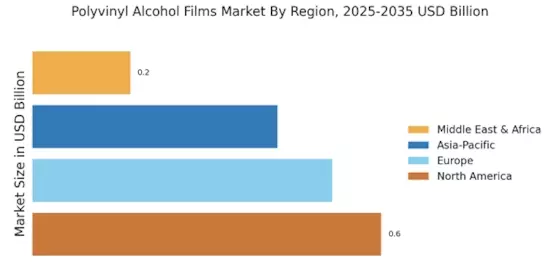
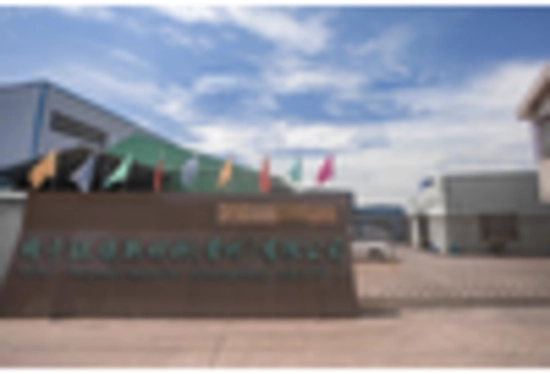
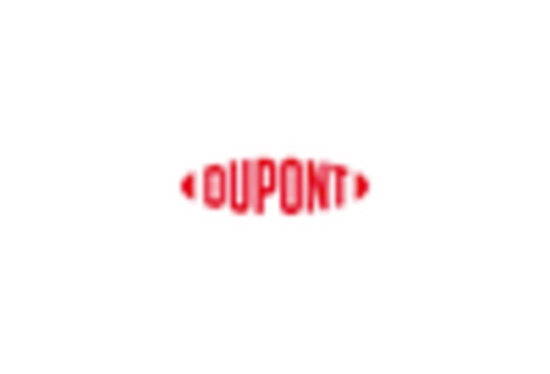
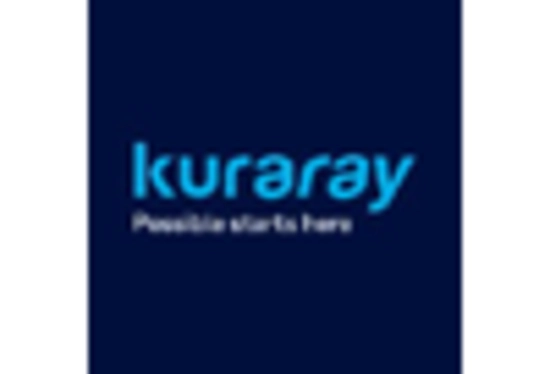

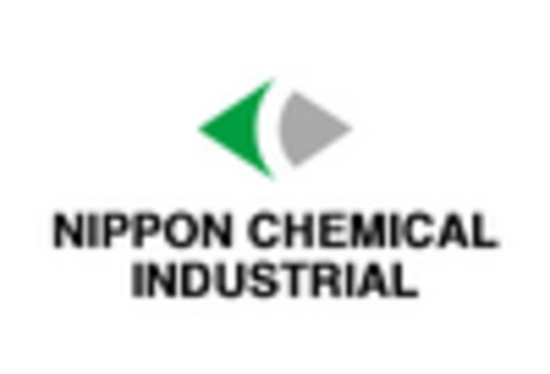









Leave a Comment